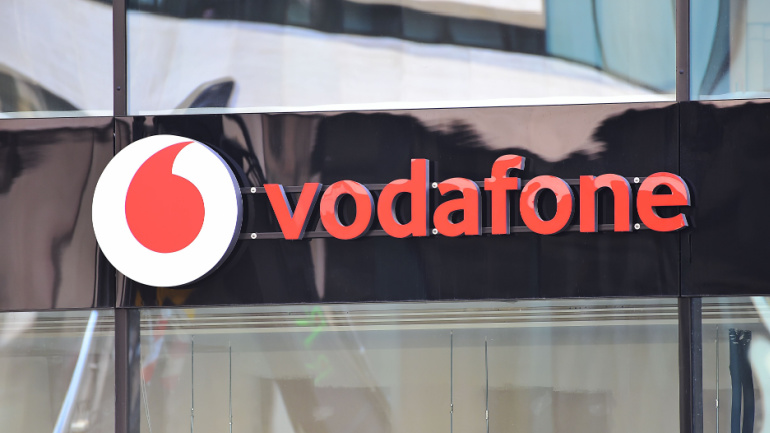Despite the seemingly lagging global investment in standalone 5G networks, promising trends in the telecom sector indicate an upcoming surge. With minimal progress indicated by Global Mobile Suppliers Association’s statistics, the industry pins hopes on major moves from operators like New Zealand’s Spark and Vodafone. Meanwhile, the increasing adoption of 5G SA in private networks for various sectors shows an encouraging forecast. The journey towards profitable 5G investments seems complex, yet strides are being made in the right direction.
Network slicing has become a popular topic in telecoms discussions, particularly in relation to the benefits of 5G for industrial or business applications. It is believed to improve the reliability and performance of connectivity in situations where network congestion or mission-critical operations are at stake. With the rollout of 5G Standalone, network slicing is becoming an increasingly important aspect of B2B installations.
Vodafone UK’s launch of 5G Ultra, a standalone 5G service, marks a significant milestone in the UK telecom market, offering faster speeds and improved battery life. However, with limited device support and potential focus on B2B applications, will competitors follow suit?
KPN revolutionizes Netherlands’ 5G landscape with the introduction of 5G standalone, promising higher speeds, improved latency, and network slicing capabilities. Pioneering tests with Ericsson in cloud gaming applications showcase its immense potential for consumer and business applications, setting the stage for a 2024 rollout.
As 5G technology continues to mature, leading global wireless carriers are competing to be the first to advance from the non-standalone (NSA) mode of 5G, in which a 4G LTE core is combined with 5G capabilities, to a standalone architecture (SA) 5G network. T-Mobile US, one of the largest carriers providing wireless voice, messaging and data services in the United States, has announced the launch of its SA 5G network. The operator claims to be the first in the world with nationwide coverage using this next-generation wireless technology. In a news release, T-Mobile said that the launch expands its 5G coverage by 30 percent and will cover nearly 250 million people in more than 7,500 cities and towns throughout the US. With faster speeds, lower latency and huge connectivity capabilities, SA 5G signifies the launch of a 5G core network, ending the reliance on legacy LTE architecture. T-Mobile said SA…
Ericsson and FPT are collaborating to enhance the deployment of 5G technology and digital transformation in Vietnam. This partnership focuses on innovations in AI and aims to enhance digital infrastructure across key sectors like healthcare, manufacturing, and retail.
Saudi Arabia’s telecom giant, KSA, is revolutionizing its 5G Standalone services by securing new spectrum within the 600 MHz band. This strategic move enhances 5G coverage and quality, facilitating seamless IoT and smart city applications.
BSNL is spearheading the 5G revolution in India, launching a tender for 5G infrastructure in New Delhi to cater to 100,000 users. Utilizing 900 MHz and 3.3GHz bands, BSNL aims to boost digital presence with 5G SA connectivity and fixed wireless access broadband.
T-Mobile is revolutionizing VoIP communication with its groundbreaking 5G standalone network, achieving uplink speeds of 2.2 Gbps using New Radio Dual Connectivity. By aggregating 2.5 GHz and mmWave spectrum, T-Mobile significantly enhances VoIP performance, catering to demanding applications like live streaming and gaming. This innovation elevates VoIP experiences worldwide.
Virgin Media O2 has made groundbreaking progress by deploying 5G standalone small cells in Birmingham. This state-of-the-art VoIP-ready technology promises enhanced mobile connectivity, achieving internet speeds up to 300Mbps.













